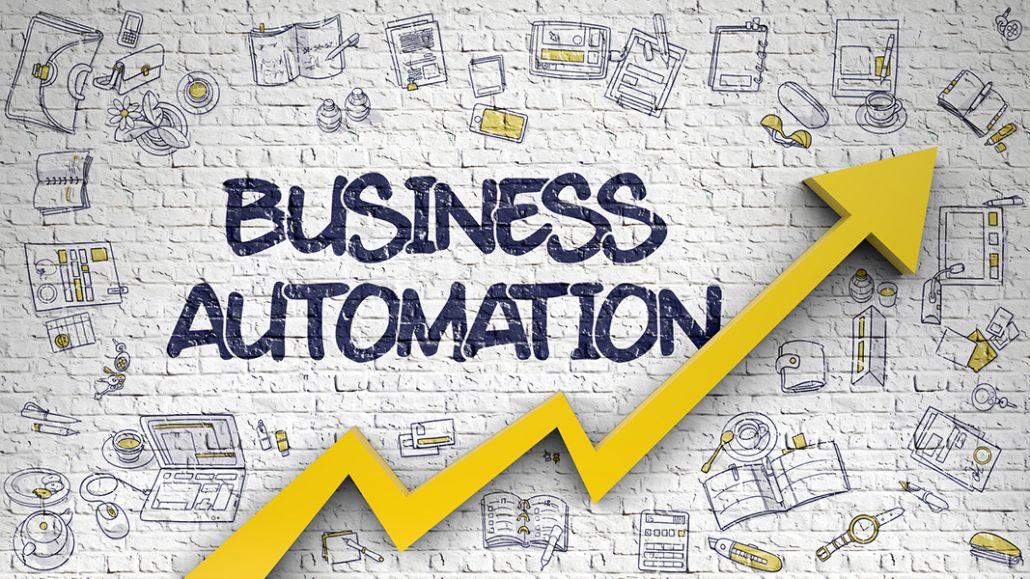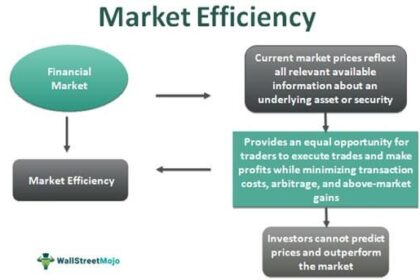In today’s fast-paced business landscape, where adaptability and efficiency reign supreme, organizations are constantly on the lookout for strategies that can propel them to new heights. Enter business automation—a transformative force reshaping how companies operate, enabling them to streamline processes, reduce human error, and ultimately enhance productivity. This article delves into the art of harnessing the power of business automation, uncovering its potential to not only simplify workflows but also to drive innovation and growth. Join us as we explore the myriad ways businesses can implement automation strategies to achieve success in an increasingly competitive environment, unlocking the tools needed to thrive in an era defined by rapid change and technological advancement.
Understanding the Landscape of Business Automation and Its Benefits
In today’s fast-paced business environment, organizations are increasingly adopting automation to remain competitive and efficient. By leveraging technology to streamline processes, businesses can reduce operational costs while enhancing productivity. Automation tools empower teams to focus on strategic initiatives rather than mundane tasks, allowing companies to innovate and grow. Some key areas that benefit from automation include:
- Data Entry: Minimizing human error and saving time.
- Customer Relationship Management (CRM): Managing customer interactions and data efficiently.
- Marketing Automation: Streamlining campaigns and improving audience targeting.
Furthermore, automation fosters better decision-making by providing real-time data insights and analytics. With streamlined reporting, businesses can quickly identify trends and make informed choices. Consider the following advantages:
| Benefit | Description |
|---|---|
| Increased Efficiency | Automating repetitive tasks saves time and resources. |
| Improved Accuracy | Reduces human error in data handling and processing. |
| Cost Savings | Lower operational costs through streamlined workflows. |

Identifying Key Processes for Effective Automation Implementation
To set the stage for successful automation, beginning with an assessment of your current workflows is vital. This involves analyzing every step in your business processes to identify inefficiencies and bottlenecks. By focusing on tasks that are repetitive and time-consuming, you can determine which processes would benefit most from automation. Consider focusing on areas such as:
- Data Entry - Automating data collection can save time and reduce errors.
- Customer Interaction - Implementing chatbots can streamline responses to customer queries.
- Report Generation – Automating reports can ensure timely insights and save labor hours.
Once potential automation candidates are identified, it’s crucial to evaluate the technology and tools that can facilitate these changes. Selecting the right automation software is essential to align with your specific business goals and workflow requirements. Look for tools that offer:
| Feature | Benefit |
|---|---|
| Integrations | Ensure compatibility with existing systems. |
| User-Friendly Interface | Simplifies training and implementation. |
| Scalability | Adapts as your business grows. |
Choosing a solution that satisfies these criteria will not only streamline your operations but also pave the way for smoother transitions during the implementation phase. As you identify and refine processes for automation, remember that continuous feedback from your team is invaluable for ensuring the changes align with business objectives.

Choosing the Right Tools and Technology for Your Business Needs
In today’s fast-paced business environment, selecting the right tools and technology is crucial for streamlining operations and enhancing productivity. It’s essential to assess your unique business needs and identify solutions that can address them effectively. Consider the following factors when evaluating potential tools:
- Scalability: Ensure the technology can grow with your business.
- Integration: Look for tools that seamlessly integrate with existing systems.
- User-Friendliness: A user-friendly interface can minimize training time.
- Customer Support: Reliable support can make all the difference when technical issues arise.
Once you’ve identified your needs, conducting thorough research and comparing various solutions will allow you to make informed decisions. A simple table summarizing the key features of top software options can serve as a great reference:
| Tool | Key Features | Pricing |
|---|---|---|
| Tool A | Automation, Analytics, Integration | $29/month |
| Tool B | CRM, Email Marketing, Reporting | $45/month |
| Tool C | Project Management, Collaboration, Time Tracking | $19/month |
By carefully weighing your options and focusing on the tools that align best with your goals, you can create a strong technological foundation for your business. Make your selections based not just on current needs, but also on future aspirations, to ensure long-lasting success.

Measuring Success: Metrics and Strategies for Continuous Improvement
To truly measure success in the realm of business automation, it’s imperative to identify and track specific metrics that reflect your operational efficiency and overall performance. Consider focusing on key performance indicators (KPIs) such as:
- Time Saved: The reduction in hours spent on manual tasks.
- Cost Reduction: Savings realized from automation versus traditional methods.
- Employee Productivity: Increases in output when manual processes are automated.
- Customer Satisfaction: Feedback and engagement levels monitored through automated customer service solutions.
These metrics illuminate areas that flourish under automation while highlighting opportunities for further improvement, ensuring that your operations align closely with your business goals.
Strategies for continuous improvement are equally essential in harnessing the power of automation. Regularly revisiting your processes and adopting a culture of feedback can lead to significant enhancements. Here’s a succinct plan to optimize your approach:
| Strategy | Description |
|---|---|
| Regular Audits | Evaluate automated workflows to identify bottlenecks. |
| Employee Training | Ensure team members are proficient in using automation tools. |
| Feedback Loops | Solicit insights from users for improvement suggestions. |
By implementing these strategies, businesses can foster a dynamic environment where automation not only enhances efficiency but also continually evolves in response to changing demands.
Key Takeaways
In a world where time is of the essence and efficiency reigns supreme, business automation emerges as a pivotal ally in the quest for success. By embracing the myriad tools and strategies available, organizations can not only enhance their operations but also foster innovation and adaptability in an ever-evolving marketplace. As we conclude our exploration of “Streamlining Success: Harnessing the Power of Business Automation,” it becomes clear that the journey towards automation is not merely about adopting new technologies but about cultivating a mindset geared towards continuous improvement.
As businesses stand on the brink of transformative change, the question remains: how will you leverage automation to redefine your success? The potential is limitless, and the future beckons with the promise of streamlined processes, empowered teams, and unparalleled growth. The path forward is one of opportunity—are you ready to seize it?



